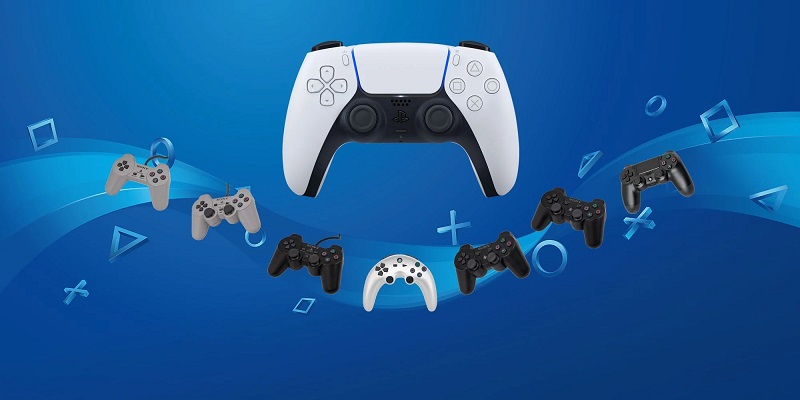The Evolution And History Of PlayStation Console Categories From The Past To The Present
At the same time as its first PlayStation console, Sony was able to break with tradition by launching a revolutionary controller.
The unique and ergonomic design of the Playstation handle made this controller one of the symbols of game history.
In this article, we are going to look at the history of PlayStation categories from PS1 to PS5. Stay with us.
In this article, we will take a look at all the polyethylene batteries available so far. Among these cases, we can mention the PlayStation 5 category.
What has remained constant over time?
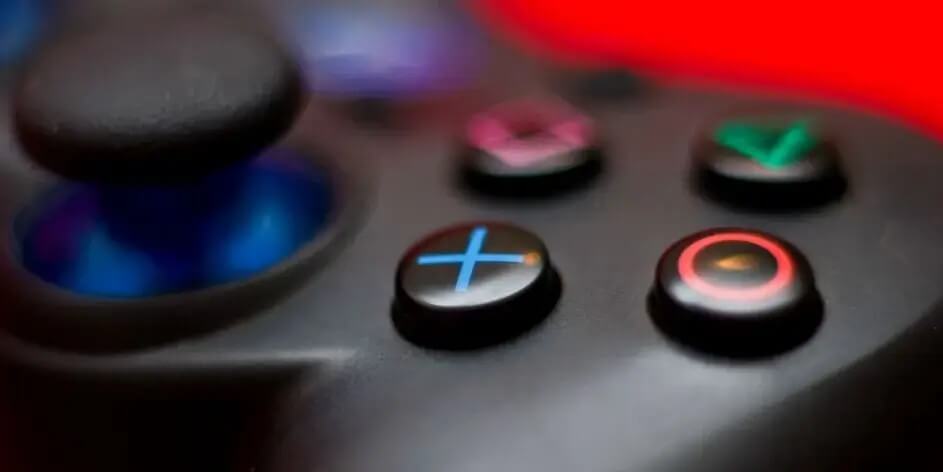
There are items that can be seen in all categories of PlayStation. To the right of these controllers are the operator keys as well as their geometric labels: green triangle, red circle, blue cross, and pink square.
The function keys have always been to the right of these categories. On the left we have always seen the navigation keys. You can also see 4 keys on the front of the handle. There were always Start and Select keys in the space between the function and navigation keys.
Of course, on both sides of the handle, you can see two handles, which can be said to be one of the cases that have seen the least change, and in a way, we know the polystation handles with these handles. These knobs are designed to make working with these controllers easier and more convenient.
Original PlayStation Controller
Year of supply: 1994

We begin the history of the PlayStation category with the first example. The first example of this design is known as the PlayStation Controller. The color of these handles, like the color of the console itself, was gray, which made the two devices more compatible. You can see this category in the image above. As you can see, the PlayStation logo is located above the Start and Select keys.
The first PlayStation controller is more different from the rest of its successors, which is the only Sony class that has no analogues. This was a wired handle and also had its own port, which, of course, was abandoned in the future. This controller has experienced two types of changes on its own. Increases in the size and length of the cable were also improvements that Sony had made to the console.
Dual Analog
Year of supply: 1997
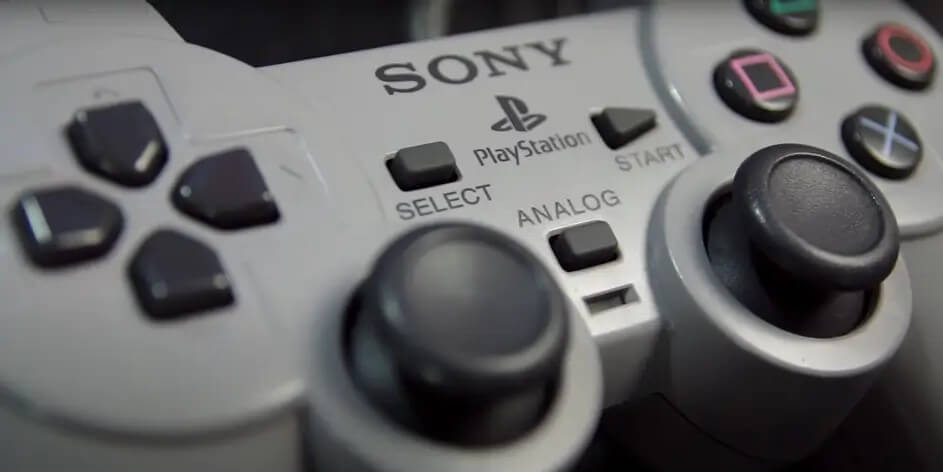
The Dual Analog category was a short-term alternative to the original PlayStation category. Of course, the same controller was able to pave the way for one of the best features of future generations. In 1997, Dual Analog controllers also added analogs to the equation. This feature has been seen in these categories ever since.
These analogs could be used in the games they supported. Users at the time could choose from a digital mode (D-pad), the use of analogs (analog mode) or imitation of the PlayStation Analog Joystick.
The use of analogs was done by pressing a new key called Analog. This key was at the bottom and center of the Start and Select keys. Construction of the Dual Analog controller was stopped in 1998 due to lack of vibration support.
In appearance, Dual Analog handles are easily distinguishable from their future successors (DualShock). This is because Dual Analog analogs did not have a rubber cover and only provided a small dent for your finger.
DualShock
Year of production: 1998
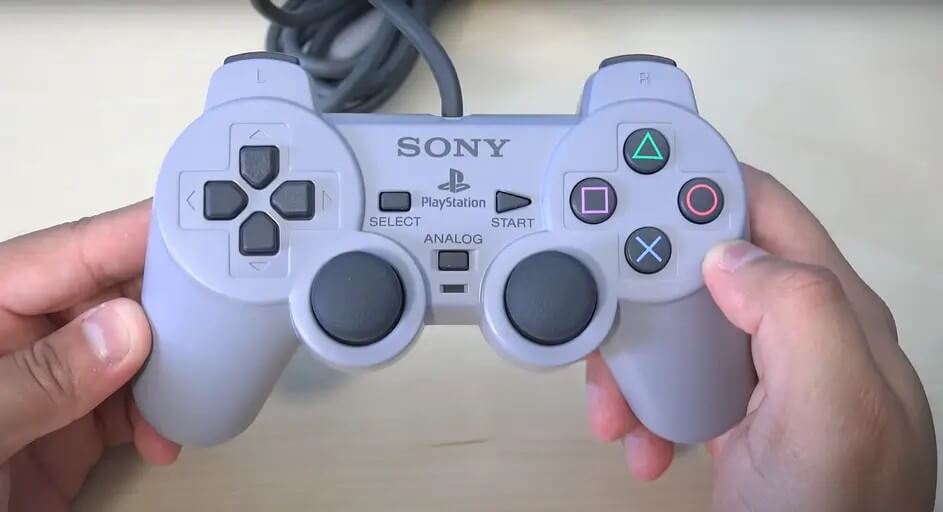
The production of DualShock controllers can be considered another milestone in the history of PlayStation categories. DualShock has seen several changes. These changes have spread to its form, function, and even naming style.
Analogs were very popular among PlayStation fans. We still see them in DualShock. In addition, DualShock batch analogues now offered two more performance keys. If you press the analogs down, you will hear a clicking sound. The keys assigned to the left and right analogs are also called L3 and R3, respectively.
It was the first PlayStation controller to feature touch feedback (this feature was originally designed to be mounted on a Dual Analog controller). Like its predecessors, this handle was wired and was offered in the same famous gray color to further harmonize with the original PlayStation design.
DualShock handles were longer than Dual Analog. Vibration motors were built into the handles, and in fact these motors could vibrate in response to events in the game. While this controller was compatible with the PlayStation 2 console, it did not work in some games anyway (but it was compatible with PlayStation 1 games running on the PlayStation 2).
DualShock 2
Year of supply: 2000
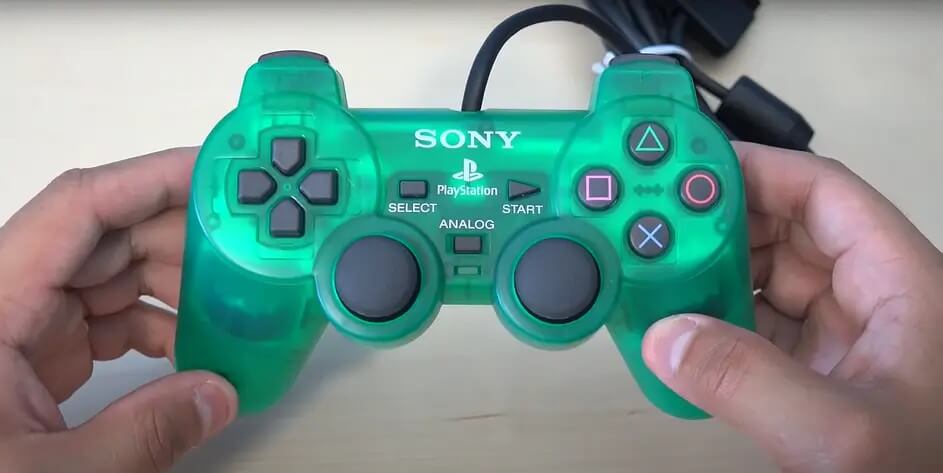
With the introduction of DualShock 2, everything started to change. First of all, this controller was introduced at the same time as Sony’s second console; Yes, PlayStation 2. Of course, since the DualShock 2 had not changed much from its predecessor, it was natural that it would not convey much excitement to fans.
In any case, the DualShock 2 was the first PlayStation to move away from its default color scheme. The DualShock 2 was also available in glossy black. This also made the appearance of this category more attractive. Of course, the previous controllers were also available in different colors, but their base models were always gray.
This category was still wired and, like its predecessors, had three keys tStart, Select and Analog. Of course, the DualShock 2 connected the function keys (right) to the right analog. In this way, these switches could also be pressure sensitive.
Sixaxis
Release year: 2006
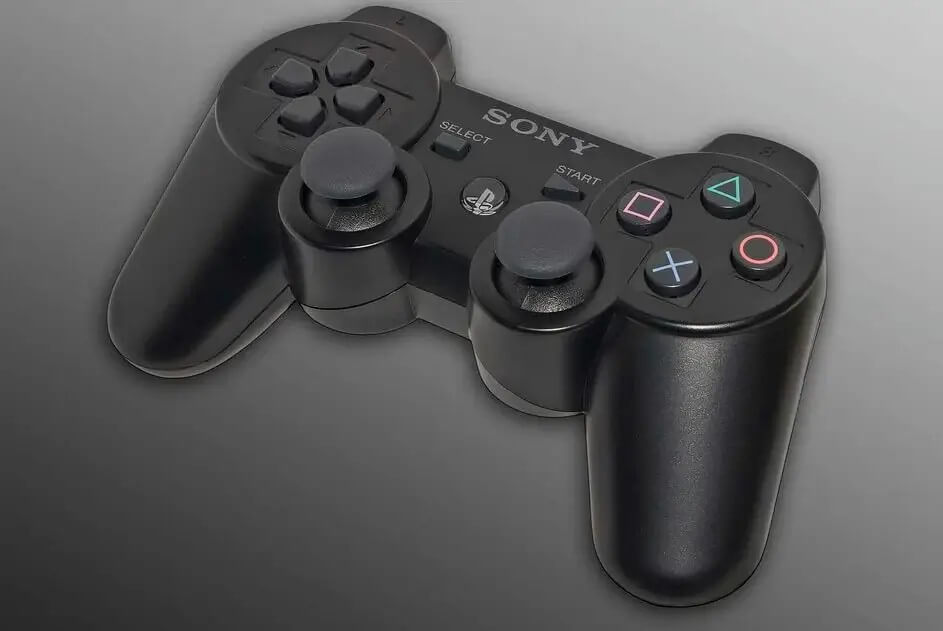
We continue the history of the PlayStation category with a discussion of Sixaxis. Sony also temporarily abandoned its category naming style when it released the PlayStation 3 . At that time, the Japanese giant’s new console with the company’s best controller ever made ; That is, Sixaxis was released. The reason for this title was that Sixaxis was wireless.
This was the first time that gamers did not need wires to connect their handles to the console. Of course, this issue also had its own problems. One of these was the depletion of the handle battery in the middle of a sensitive situation. You can connect these categories to USB via a micro-USB cable. Sony also changed its favorite port.
In addition, Sixaxis was sensitive to movement. This meant that you could control certain elements, such as keeping the balance on the tree stump in Uncharted. To do this, just tilt your handle this way and that. Because of this feature, Sixaxis did not vibrate. It was clear that Sony had not learned much from Dual Analog. The Analog switch was also removed from the company’s categories. Instead of the Analog key, the Home key was inserted with the PlayStation logo engraved on it. This key was used to exit the game and go to the PlayStation home screen.
DualShock 3
Release year: 2007
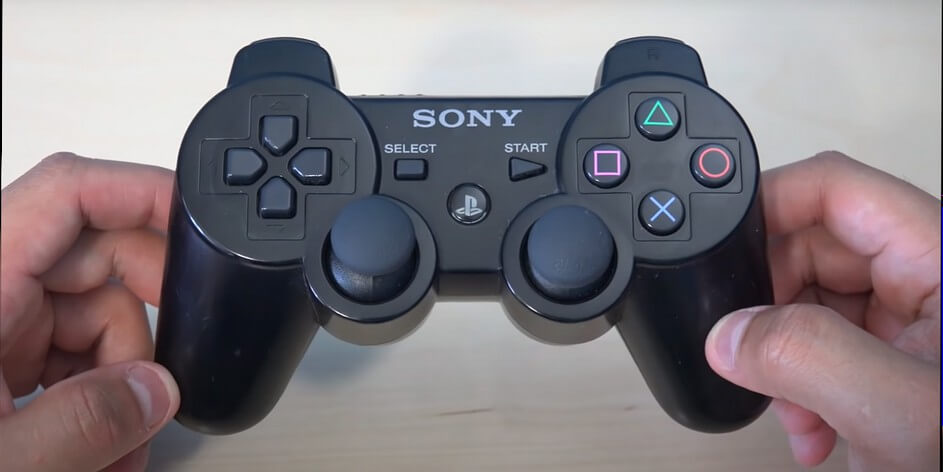
Sony went on to find out that shock handles are very appealing to gamers, so it went back a bit and introduced the DualShock 3 for the PlayStation 3. The design of the DualShock 3 was very similar to Sixaxis, using only Force Feedback and the word DualShock engraved on the front.
Force Feedback was Sony’s proprietary version of the touch feedback used in the DualShock 2. The controls, wireless capabilities, and micro-USB to USB charging all remained intact. The DualShock 3 also retained Sixaxis motion sensitivity. In the end, Sony was able to do well in this area, and it was here that a unique balance between control and interaction was created.
DualShock 4
Release year: 2013
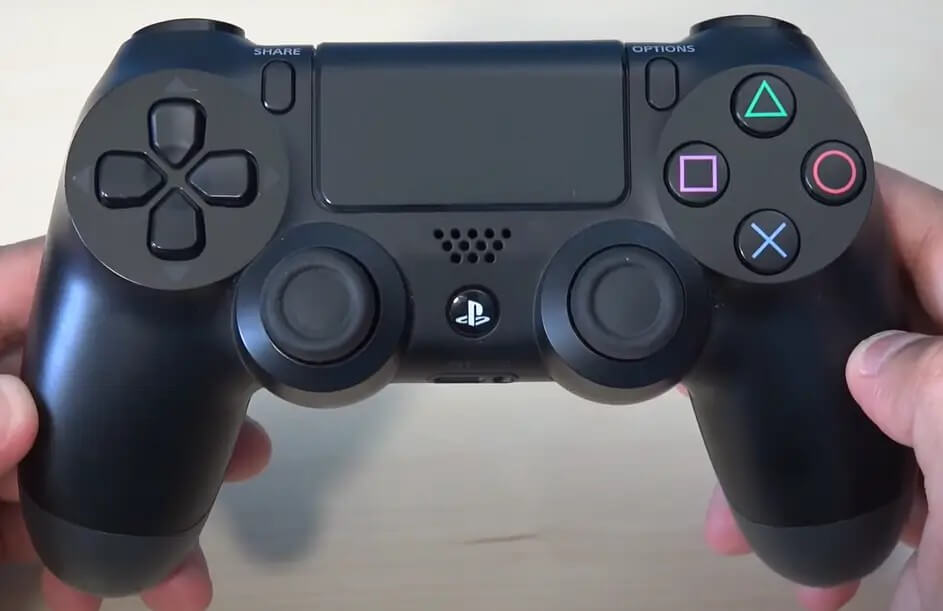
The DualShock 4 came with the PlayStation 4 console . This controller was very similar to the DualShock 3, but naturally different in some respects. General controls in this category remained unchanged, and analogues remained. In addition, motion detection and touch feedback technologies were also present in this controller.
The most obvious difference was the capacitive touchpad on the top of the handle. The touchpad can respond to two simultaneous touches and can also perform functions related to multiple keys. For example, when playing PlayStation Now games, the controller uses the touchpad as the Start and Select keys.
The second big difference was the light strip on the front of the handle. This bar reacts to different conditions (for example, its light changes when it is turned on or charged). Also, if two or more users use the same console, then the category belonging to each will show a specific color. This feature also works with the PlayStation Camera and actually shows the camera where the controller is located.
There’s also a headset jack on the DualShock 4 that can deliver stereo sound to the user. This way, you can connect headphones or headsets with a 3.5mm jack to the controller to hear your game instead of the TV.
Extension port is another new feature of DualShock 4 controllers. This port allows you to connect headsets, chargers and small keyboards to your PlayStation 4 controller.
The Share and Options keys were also added. These keys open different menus on your PlayStation 4. Options Opens the options menu as you would expect. You can also access tools that can help you share gameplay by streaming or taking screenshots by pressing the Share key.
DualSense
Release year: 2020
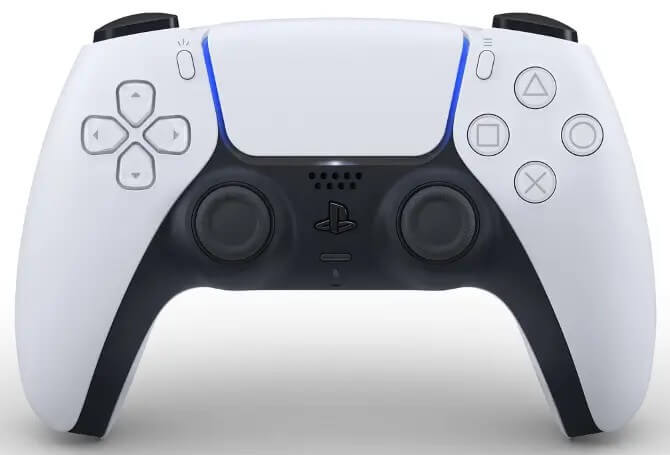
Finally, after reviewing the history of PlayStation controllers, we come to DualSense. As you know, this controller comes with a PlayStation 5 console . The first thing you will notice is the colors used in these categories; Black and white (to match the appearance of the console).
The DualSense invoice form is very similar to the DualShock 4. Its shape has also changed slightly. One of the best changes in this category is the touchpad backlight.
The Create key has also replaced the Share key on the PlayStation 4. Gamers have the ability to communicate with other gamers using the DualSense built-in microphone. So you do not need headphones to do this. Sony’s latest controller uses a USB Type-C port. Thus, there is no more news about the DualShock 3 micro-USB port.
Concluding remarks
Above we tried to tell you the history of PlayStation controllers. Sony’s consoles have been with generations of gamers around the world for 5 generations and have been able to create fascinating moments for them. We hope to see the development of this industry as well.












